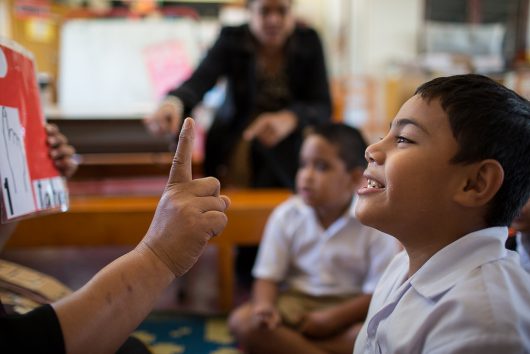10 Facts About Disability and Poverty

More than one billion people, or 15 percent of the world’s population, have some type of disability. Furthermore, a large percentage of disabled people live in poor conditions. For example, 90 percent of people with impaired vision live in low-income settings. These disabled people in poverty often times lack resources such as food, water, shelter, healthcare, education and work. It is important that when people focus on aiding developing countries, disabled people in poverty are included in the picture.
10 Facts About Disability and Poverty
- Disability is an umbrella term that covers both the physical and mental conditions that limit a specific person’s senses, activities, movements or ability. According to the World Health Organization (WHO), disability is a human rights issue and is a very complex phenomenon.
- Disability is both a cause and consequence of poverty. This means that people who experience poverty are more likely to become disabled and people who are disabled are more likely to live in impoverished conditions.
- It is no surprise that the cost of living for a disabled person is higher than for an average person. Disabled people in poverty face economic problems due to things like additional medical treatment, rehabilitation and education access. WHO states that disabled people are 50 percent more likely to suffer from disruptive health expenditures.
- Almost half of the disabled population cannot afford healthcare. It is common that disability is preventable or treatable, but often times disabled people in poverty will go their entire lives without proper healthcare. Without treatment, medical conditions can worsen.
- In additional to overpriced healthcare, there is a lack of qualified healthcare professionals in developing countries. Also, people with disabilities are much more vulnerable to deficiencies in the healthcare system.
- Assistant devices or rehabilitation allow disabled people to be independent. However, disabled people in poverty typically lack access to these medical devices and health treatment. The WHO states that “access to rehabilitation can decrease the consequences of disease or injury, improve health and quality of life and reduce the use of health services.”
- People with disabilities are likely to have very limited education opportunities. For example, a deaf child is likely to be denied access to education because the school does not offer sign language-friendly tuition. This lack of education permanently affects the socioeconomic status of disabled people in poverty.
- For disabled people in poverty, securing work is extremely difficult. This can be due to the lack of accessibility in the workplace or discrimination. Only 45 countries have anti-discrimination laws to protect disabled people. As a result, treating disability can be very difficult for disabled people in poverty because disabled people have a hard time finding a stable job.
- Disabled people in poverty often times are put at risk due to impoverished living conditions. Recent research shows that there are alarming health condition trends associated with disability. UNICEF states that disabled people are more likely to contract infectious diseases and injuries. According to the WHO, many people with disabilities experience premature death.
- UNICEF states that it is important that disabled people in poverty gain affordable access to treatment. For some developing countries, global and nonprofit intervention is necessary. According to the World Bank, disability-inclusive development is being made. For example, the United Nations Convention on the Rights of Persons with Disabilities will help countries establish disability discrimination laws and create disability-friendly policies.
While experts state that intervention is necessary, it is believed that prevention programs are key for the future. Protection laws and policies will hopefully be put in place that will protect disabled people in poverty.
– Morgan Leahy
Photo: Flickr
